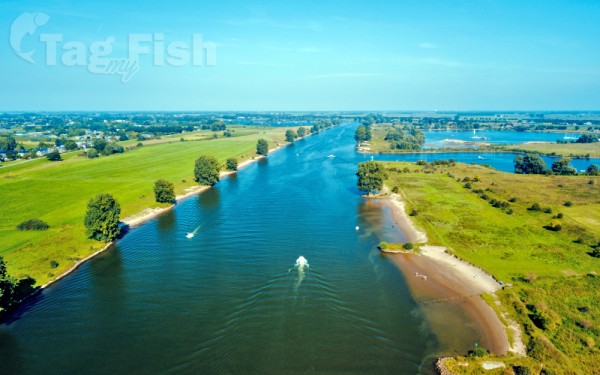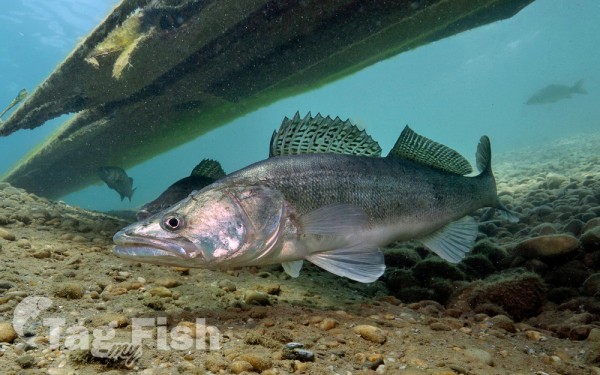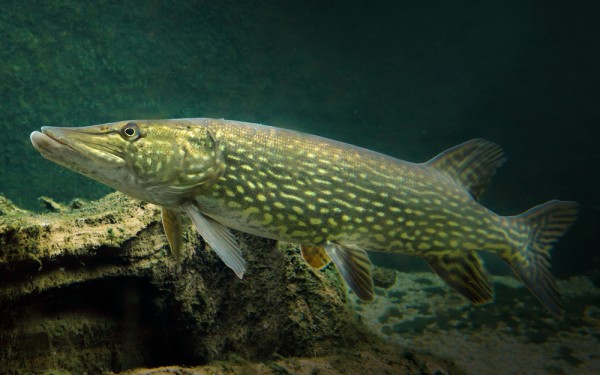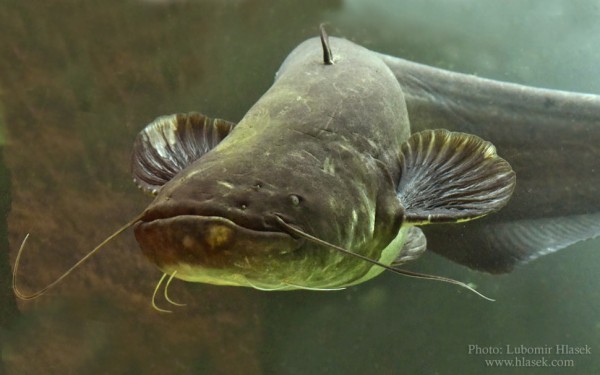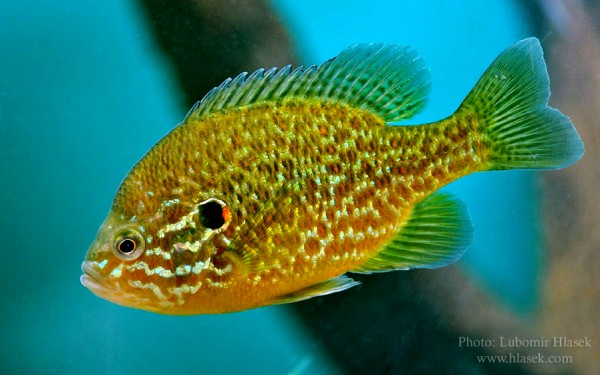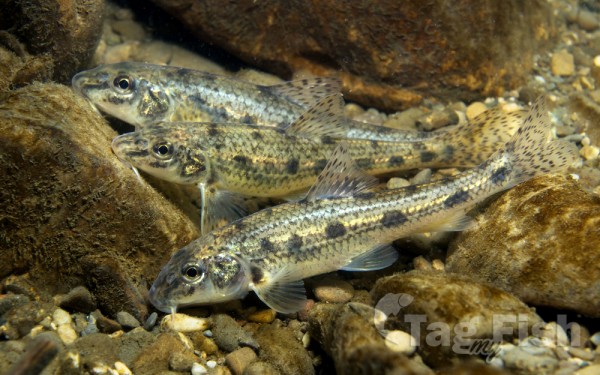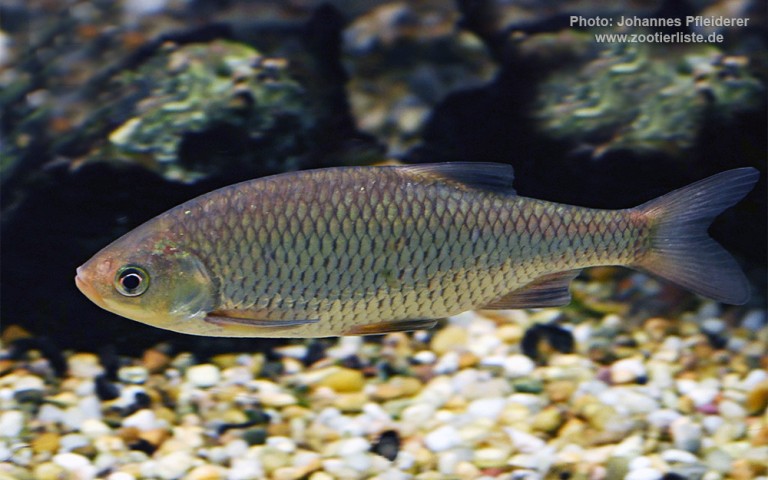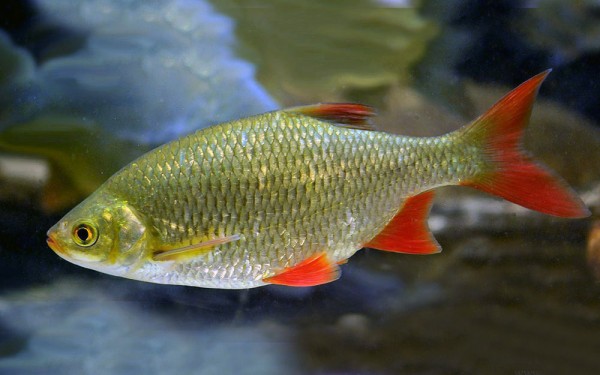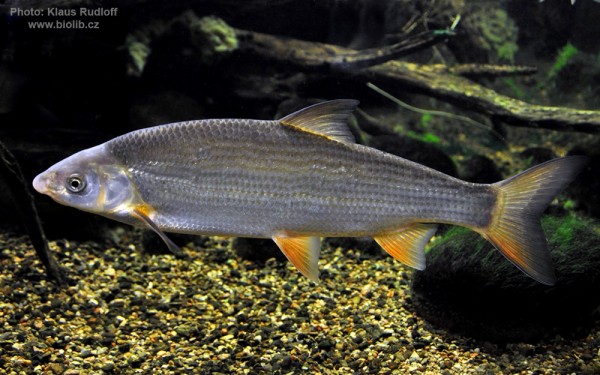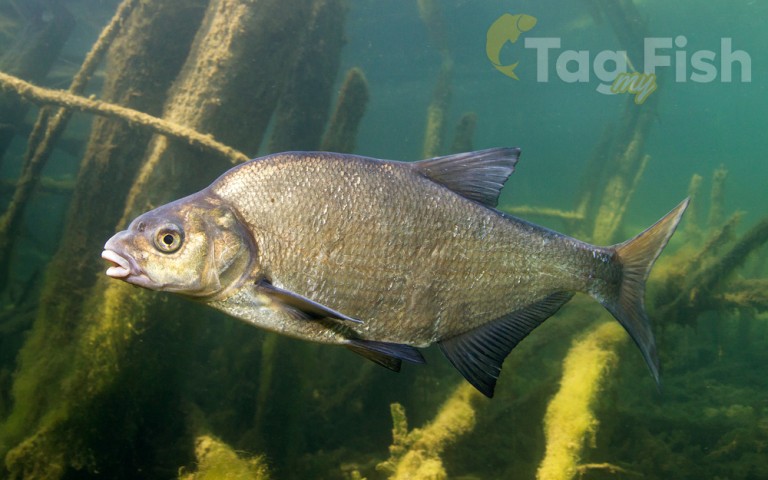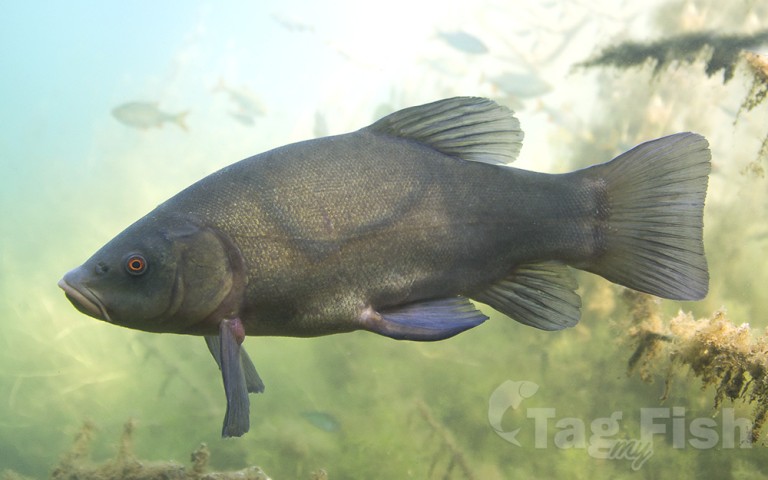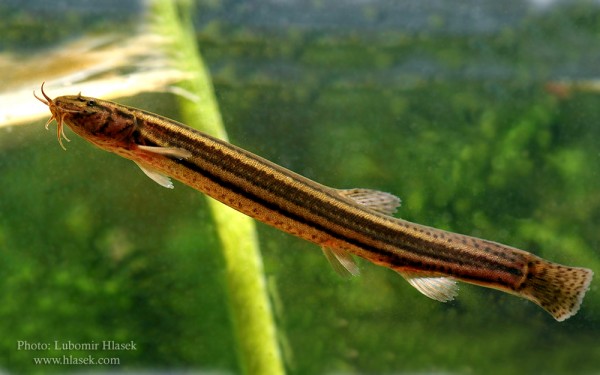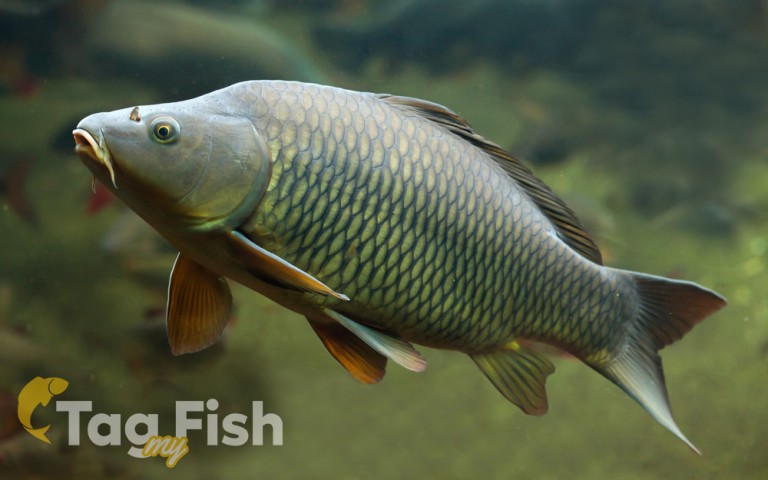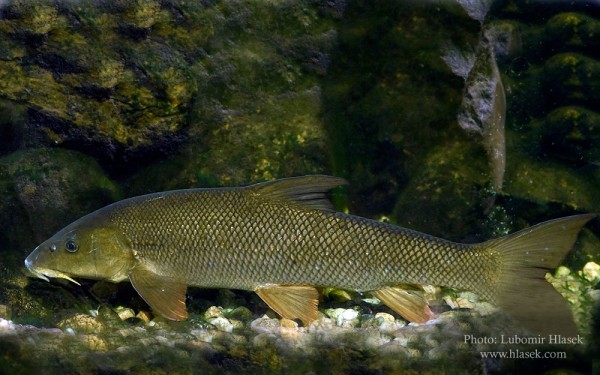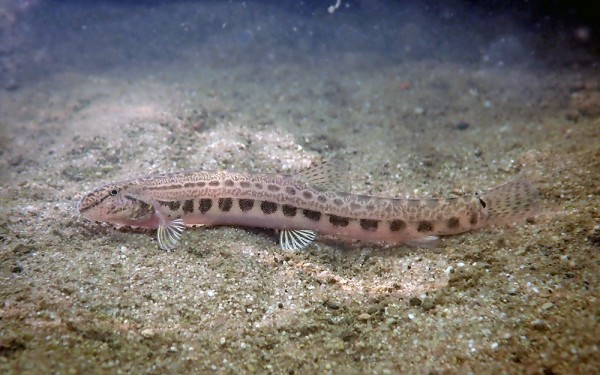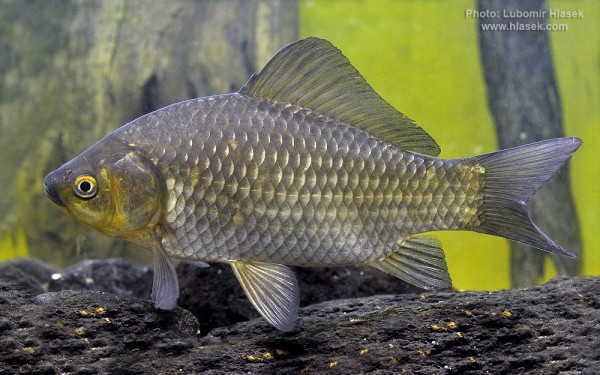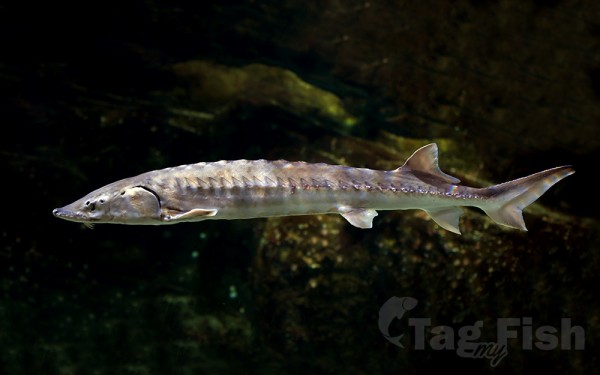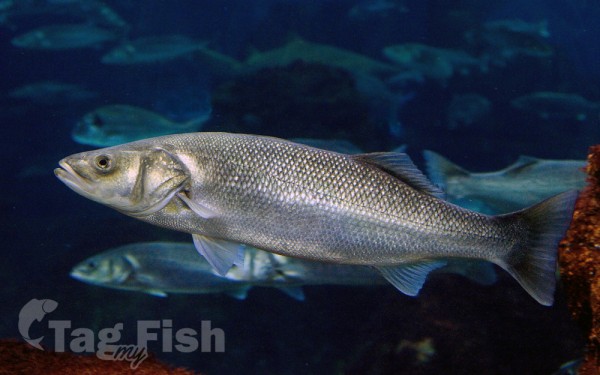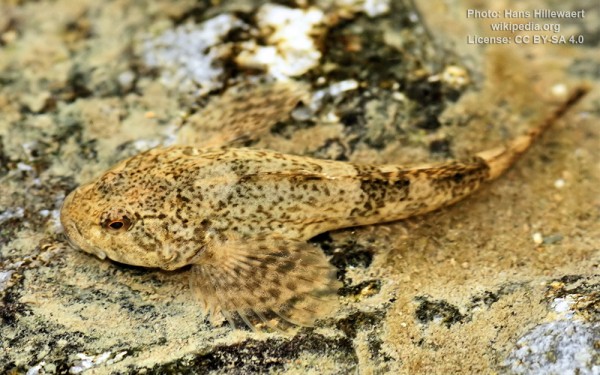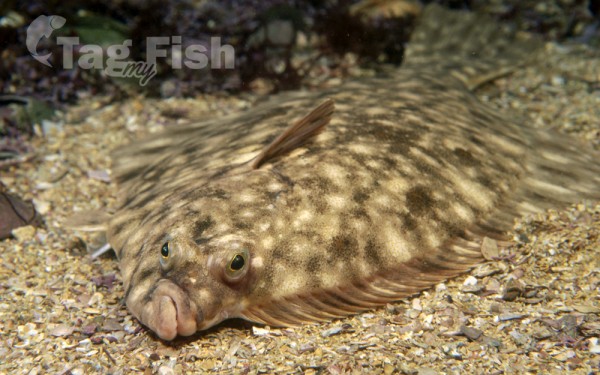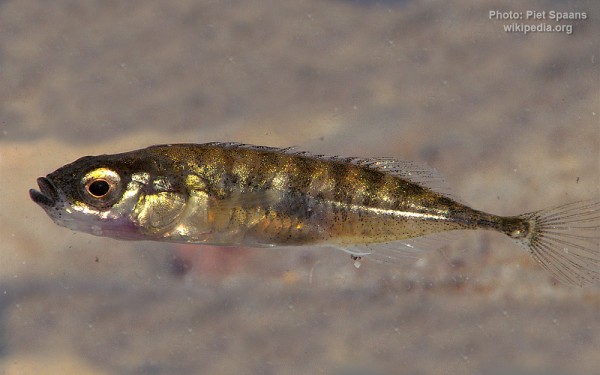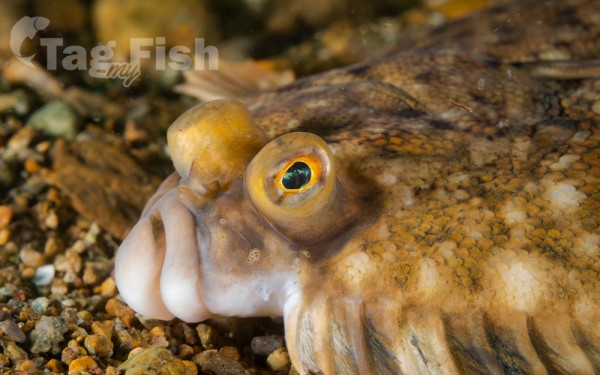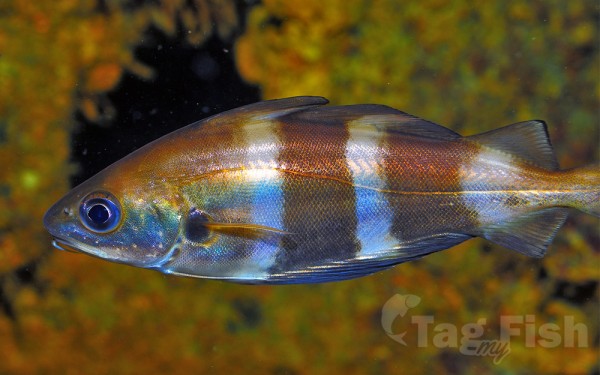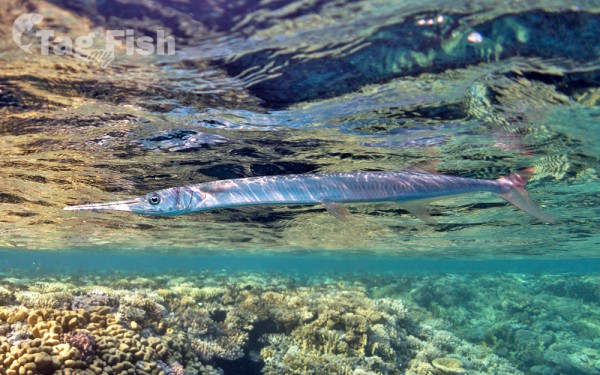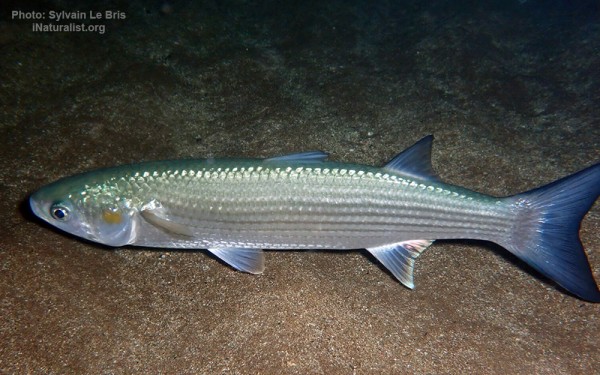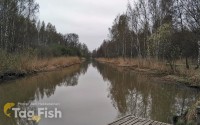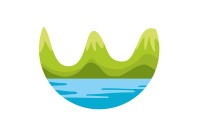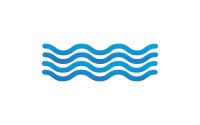Bergse Maas
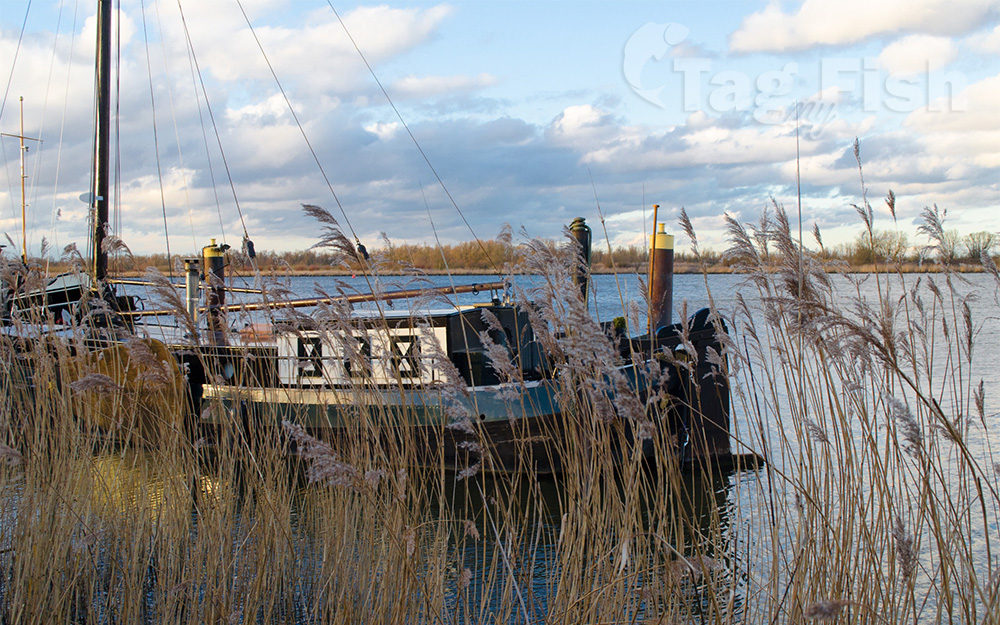
Sources
Perciformes - Perches
Esociformes - Pikes
Siluriformes - Catfishes
Centrarchiformes - Basses and sunfishes
Cypriniformes - Carps
Acipenseriformes - Sturgeons and Paddlefish
Moroniformes - Temperate basses
Scorpaeniformes - Mail-cheeked fishes
Pleuronectiformes - Flatfishes
Gasterosteiformes - Sticklebacks
Perciformes - Perches
Esociformes - Pikes
Siluriformes - Catfishes
Centrarchiformes - Basses and sunfishes
Cypriniformes - Carps
Acipenseriformes - Sturgeons and Paddlefish
Moroniformes - Temperate basses
Scorpaeniformes - Mail-cheeked fishes
Pleuronectiformes - Flatfishes
Gasterosteiformes - Sticklebacks
Gadiformes - Cods
Beloniformes - Needlefishes
Mugiliformes - Mullets
Perciformes - Perches
Esociformes - Pikes
Siluriformes - Catfishes
Centrarchiformes - Basses and sunfishes
Cypriniformes - Carps
Acipenseriformes - Sturgeons and Paddlefish
Moroniformes - Temperate basses
Scorpaeniformes - Mail-cheeked fishes
Pleuronectiformes - Flatfishes
Gasterosteiformes - Sticklebacks
Gadiformes - Cods
Beloniformes - Needlefishes
Mugiliformes - Mullets
The Bergse Maas is a canal that was constructed in 1904 to be a branch of the river Maas (French: Meuse) in the Dutch province of North Brabant.
The Maas splits near Heusden into the Afgedamde Maas and the Bergse Maas.
The Afgedamde Maas flows north until its confluence with the river Waal (the main distributary of the river Rhine) to form the Merwede, while the Bergse Maas continues west as the main distributary of the Maas.
The Amer is a continuation of the Bergse Maas river from the river Donge near Raamsdonksveer to the point where it joins the river Nieuwe Merwede to form the Hollands Diep estuary.
